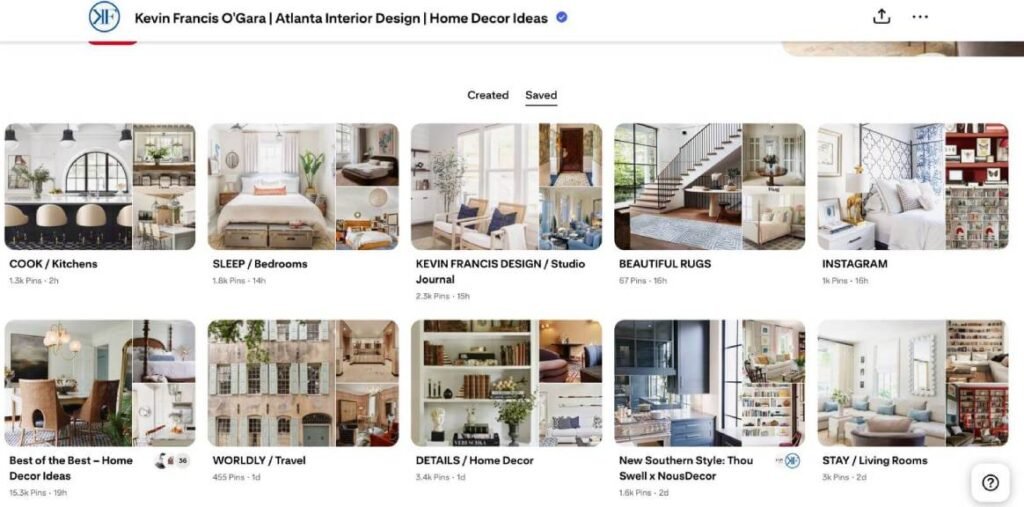Pinterest is fun, but over time, boards can start to feel messy. A recipe board might have pasta, smoothies, and birthday cakes all mixed together. A home décor board might have wedding bouquets tucked in between living room ideas.
Then there are those mystery boards with names like “Stuff” or “Inspo” that no one really understands. They might have been created in a hurry, and now they just sit there without a clear purpose.
When boards are messy, people visiting your profile might leave quickly because they can’t find what they’re looking for. Even Pinterest might not know who to show your pins to. The good news is, cleaning up boards is simple. Here’s how to do it.
Look at All Your Boards
Open your Pinterest profile and slowly scroll through each board. Imagine you are a visitor seeing it for the first time.
If a board called “Inspiration” has a mix of cake recipes, beach photos, and living room décor, split it into separate boards. Give the cakes their own “Birthday Cake Ideas” board, the beach photos their own “Beach Vacation Ideas” board, and the décor pins their own “Cozy Living Room Ideas” board.
Give Boards Clear Names
Board names should make sense right away. Instead of “Yum,” call it “Quick Dinner Recipes” or “Easy Dessert Ideas.” Instead of “Pretty Stuff,” name it “Minimalist Home Décor” or “Scandinavian Style Kitchens.”
Clear names help visitors and Pinterest understand what the board is about.
Write a Short Description for Each Board
Under every board name, there is a space to add a short description. Use it to explain clearly what the board is about and include words people might search for.
For example, a board called Small Space Living could say, “Small apartment decorating ideas, clever storage solutions, and creative ways to make the most of limited space.”
This helps visitors understand the board instantly and makes it easier for Pinterest to recommend it.
Move Your Best Boards to the Top
Pinterest lets you drag and drop boards so you can put your most important ones first.
If you sell handmade jewellery, your “Gold Necklace Designs” and “Boho Earrings” boards should be at the top. If it’s December, move “Christmas Gift Ideas” to the first row so visitors see it right away.
Use Sections to Organize Big Boards
If a board has hundreds of pins, it can be hard to browse. Break it into smaller sections.
For example, a “DIY Projects” board could have “Home Décor DIY,” “Furniture Makeovers,” and “Garden Ideas” sections. This way, people can jump straight to what interests them.
Hide or Delete Old Boards
If a board no longer fits your style or business, archive it. Archived boards are hidden from visitors but still saved privately for you.
If you’ll never use it again, delete it completely to make your profile cleaner.
Keep Your Boards Updated
Every couple of months, check your boards. Move seasonal boards to the top, update old descriptions, and remove pins or boards that no longer make sense.
For example, “Spring Décor Ideas” could be at the top in March, while “Halloween Party Ideas” can take that place in October.
Conclusion
A well-organised Pinterest profile does more than look good. It makes it easy for visitors to find what they want, keeps them exploring longer, and helps Pinterest show your content to the right people. Small updates like clear names, tidy sections, and seasonal rearranging can completely change how your profile performs.
If you want to take it further, Viral Pins Lab can help you turn neat boards into a smart Pinterest strategy that drives traffic and sales all year round.




